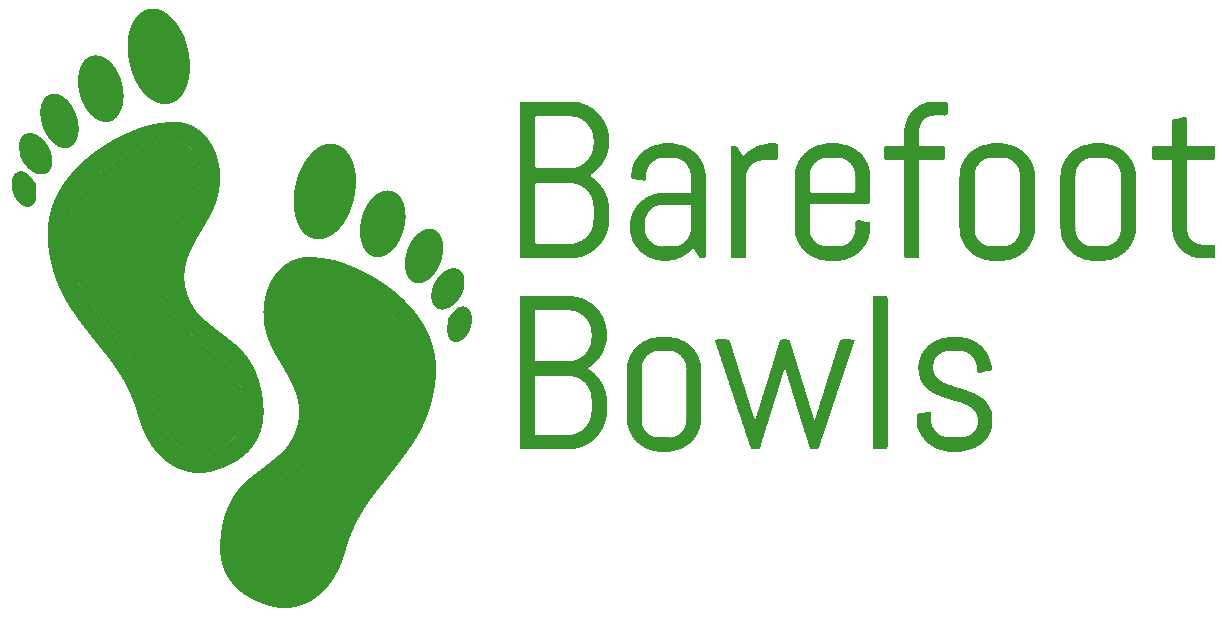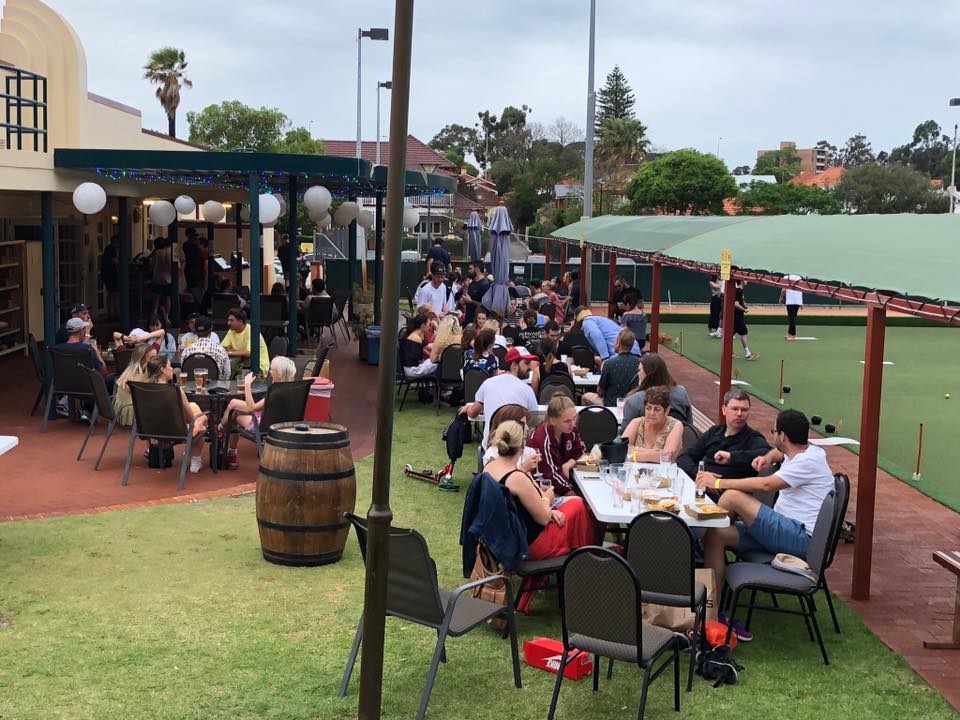Allocate Your Function Spaces
Running multiple functions on one day, simultaneously, is something that must be mastered. It’s not only good for business, it also creates an intoxicating atmosphere for your guests. Doing this successfully is all about allocating your function spaces clearly. You might be thinking ropes or cordoning off areas, some spaces made for fifty people and others for ten people. Although you’ll rarely get enquiries for those exact numbers, for your pre-determined sections. So you’ll need a flexible system.
Allocating function spaces is important for managing groups and knowing how many people you can fit at your club at any given time. However this is also much more about appeasing your paying guests and delivering them a ‘lot of land’ and reserved seating for their money. All the sales talk and lawn bowls are not nearly as valuable as people being able to call a space their own for the day. On that patch of earth that they have been allocated, people want to know the boundaries of their space. They want to know how much they have and at when to know if someone crosses that line by moving into their territory. This may all seem rather trivial, but it leads to much happier customers. As you host more functions, you’ll realise that a surprising number of people will perceive value based on a reserved space.
Ensure you have enough seating space
The first thing to acknowledge is that people need seating. This is crucial. They also want to be close to where they will be bowling. Lastly and most importantly, the longer the function goes on, they just want somewhere to put their drink and chat amongst each other (often standing). Most clubs have outdoor tables, most common amongst clubs are picnic tables. They are a great solution for versatility.
Where possible setup rows of picnic tables, so when you allocate groups to tables you’re able to draw a clear imaginary line of their entitled space for the day. Almost every club has benches on either end of the rinks, but this cannot be counted as seating. This is a bonus for people to take advantage of mid-game, no different to how your members use them. Get your tables as close to the rinks as possible and when allocating them, align the rinks accordingly. Try not to have groups crossing one another to get to from the table to the rink, it will be messy and cause them angst.
Make sure you have enough shade
Everyone loves a day in the sun, which is one of the biggest draw cards for barefoot bowls functions. However, this also presents on of the biggest oxymoron’s in that everyone still wants and needs shade. Whether your solution is umbrellas, shade cloth or huge surrounding trees that cover your table areas; you will need something to shade them.
Be prepared, before people arrive
All theory explained, you’ll need a Runsheet on the day. Whether you’re a visual thinking and your prefer a drawn map of tables with rinks, or you simply number your tables to correspond to your rink numbers. Think this through and come up with a solution that works for your club, your staff and your volunteers. Because when those functions turn up early or late and you’ve got two groups at once, they need to be ‘seated’ as soon as possible. They won’t relax until they can put that box of bread for the BBQ or party decorations down, to claim their space.
You’ll need to be ready to seat them quickly and effectively. The last thing you want to do it double book an area or accidentally sit someone in an area and have to move them. Remember that patch of earth that people see value in? If you tell someone it’s theirs, then move them, you’ll impinge on their territory and they’ll be uneasy for the next hour or so (at least). This might sound finicky but put yourself in their shoes if you were seated to dinner at a restaurant and then they moved you. It’s no different, and either way it ruins the flow of the event.
Get thinking about your spaces and plan ahead, so you can accept reservations knowing where they can fit. Know where you can fit fourty people or three groups of fifteen, hopefully you can re-arrange the same area to capitalise on space.

